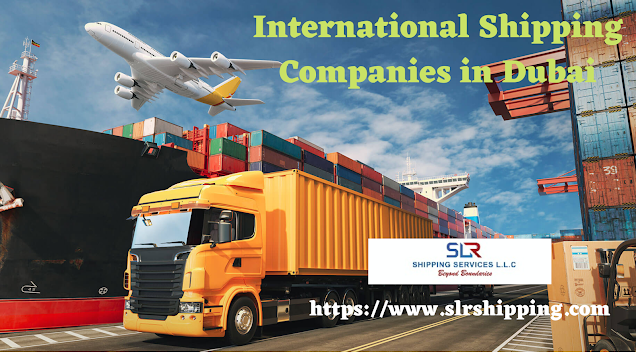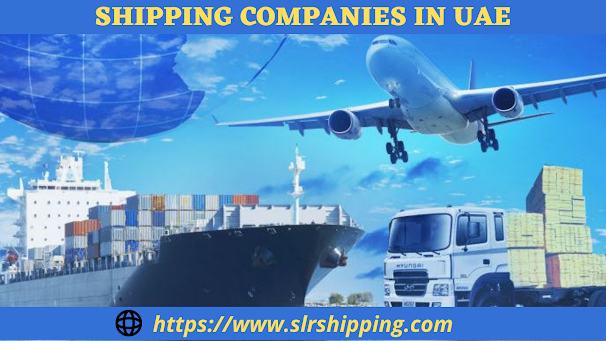Everything You Need to Know About Feeder Vessel
Feeder vessels, also known as feeder ships, transport cargo containers between smaller ports to important hub ports. Feeder vessels connect more minor seaports and inland waterways to major ports and shipping networks globally.
In this blog, I’ll help you know the feeder's vessels' role, benefits, and challenges.
Role of Feeder Vessels
in Shipping Journey
The role of the feeder's vessel in shipping is to transport containers from smaller ports to hub ports, from where loading is on the giant ship for transport to the final destinations. Therefore, it is a cost-effective means of transporting cargo from and to smaller ports and reduces congestion at major ports.
Have you ever thought where the shipping journey begins:
It begins with loading larger containers from the origin, a warehouse, factory, or port. Then it is transported by truck or train to the nearest port and loaded into feeder vessels, which haul it to the hub ports. Lastly, it transports the more significant ocean-going vessels to the final destination.
Benefits of Feeder
Vessels
Feeder's vessels provide many benefits to shippers:
Efficient
Transportation:
Feeder vessels are a cost-effective means of cargo transportation between smaller and larger ports without requiring more extensive ocean-going vessel calls at every port.
Cost-Effective:
It is more cost-effective than larger ocean-going vessels because they require fewer crew members and consume less fuel. Also, have lower port fees and can operate with smaller cranes and equipment.
Environmentally
Friendly:
Feeder vessels consume less fuel, making them more environment-friendly than larger ocean-going vessels, which is essential in coastal and environmentally sensitive regions.
Challenges of Feeder
Vessels
Despite several benefits, Feeder's vessels have some challenges:
Limited Capacity
Generally, feeder's vessels carry limited capacity than most vessels that have between 500 and 3,000 TEUs, and that makes it challenging to transport more oversized cargo in a single sail.
Infrastructure
Constraints:
Smaller ports cannot adjust feeder vessels like cranes, quay walls, etc., leading to delays and inefficiencies in shipping.
Schedule Reliability
Due to bad weather conditions, port congestion, and several other factors, feeder vessel schedules lead to increased shipping costs.
Feeder Vessel Routes
The smaller ports' location and demand for cargo transportation determine the routes of the feeder vessels. They operate within regional or short-sea networks, and the routes vary with the companies' shipping requirements.
Feeder vessels play a crucial role in the global shipping industry. SLR, a known feeder shipping operator, delivers between China – Jebel Ali Novorossiysk and vice versa. They also have extended their service to India port, Mundra, and Nhava Sheva.




Comments
Post a Comment